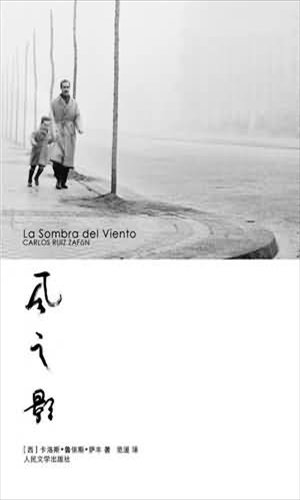A new chapter
"Compared with British, French or American literature, Spanish and Latin American literature isn't so well known to Chinese people, apart from a handful of writers. But it is gradually finding its place in China."
So said Jin Wei, an editor at the Nanjing-based Yilin Publishing House, during a forum about the current status of Spanish literature in China held at the Biblioteca Miguel de Cervantes on Anfu Road.
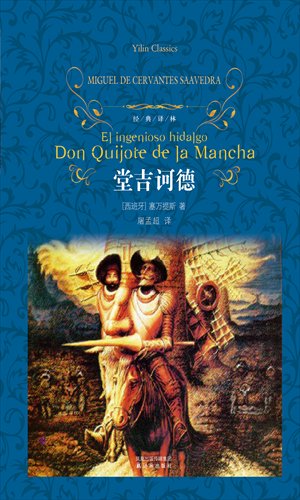
Chinese translators have devoted themselves to making Spanish-language literature available to the public since the 1960s, but it was only in 1992 when China signed up to the Universal Copyright Convention, that the country's publishers were able to officially purchase the copyrights to overseas works.
During the 1970s and 1980s, Chinese readers first became acquainted with Spanish and Latin American literature which was going through a "golden period" a decade before. The vibrant literary scene in South America was particularly lionized and was known as "El Boom." Among the writers introduced to Chinese bookworms of the time were later Nobel Prize winners, Gabriel García Márquez from Columbia and Mario Vargas Llosa from Peru.
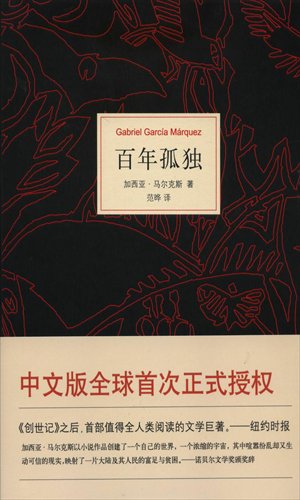
Notable writers
Ana Yao, an editor from Shanghai 99 Readers' Culture Company told the forum that Don Quixote, by Miguel de Cervantes and written in the 17th century, was the first Spanish-language book to be known by Chinese audiences. Shanghai 99 Readers claims to have introduced more Spanish-language writers to China than any other publisher.
She added that the Latin American "boom" brought Márquez's One Hundred Years of Solitude to Chinese readers' attention impressing them with its multi-generational story which is narrated in different time frames.
The Green House by Llosa and Pedro Páramo by Juan Rulfo have proved to be equally popular with local readers.
And more recent Spanish literature has also enjoyed huge success in China.
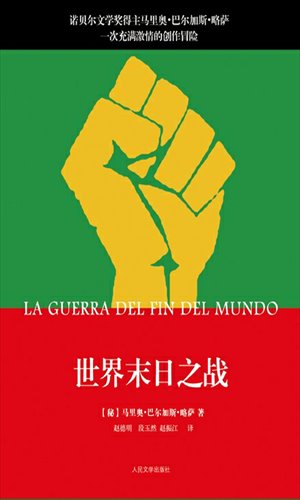
The Shadow of the Wind by Barcelona-born Carlos Ruiz Zafón has sold more than 100,000 copies here. While The Cathedral of the Sea by Ildefonso Falcones (Barcelona, 1958) and The Art of Murder by José Carlos Somoza (Havana, 1959) have both been well received.
"The range of popular, Spanish-language literature in China can be summarized as prevailing classics, and emerging new genres such as detective stories, horror novels and noir novels," said Yao.
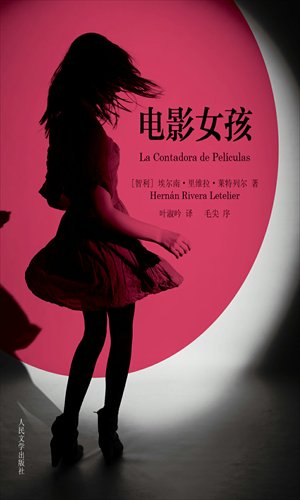
Future challenges
According to a list of the top 30 bestselling works of fiction in China in 2011, only six were penned by foreign writers. These include Norwegian Wood, and the first and third installments of 1Q84 by Japanese writer Haruki Murakami, American writer Dan Brown's The Da Vinci Code and Khaled Hosseini's The Kite Runner.
"Generally if an overseas book wins lots of awards on the international stage, it will probably sell well in China," said Li Hengjia, an editor from Beijing Shiji Wenjing Publishing House. "For example, The Kite Runner won the South African Boeke Prize in 2004 which guaranteed good sales, and Márquez's Nobel Prize meant that his One Hundred Years of Solitude is also selling well."
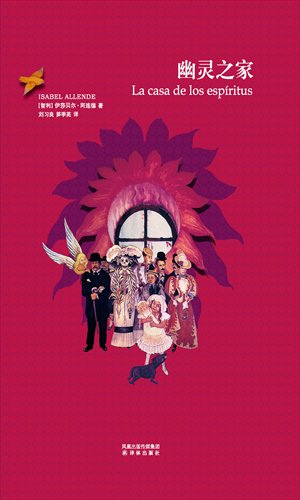
According to Li, although "noir" novels are now very popular in Spain and other European countries, these writers are still not as popular here as the novelists of the "El Boom" generation. "This may be attributed to differing demographics of readers in various countries. In China the majority of readers of non-Chinese literature are students who naturally gravitate towards reading what are considered 'classic' works."
A general concern for publishers, revealed at the forum, is whether Chinese people can relate to the culture and societies explored in Spanish-language books. "Spanish literature tells of a very different world to that of China, talking about, for example, tropical rainforests, the mining areas of Chile, and the Caribbean islands. Whether these stories will resonate among Chinese readers remains a major concern for editors," Yao told the Global Times.
The forum also heard from Jin Wei how a shortage of qualified translators has plagued Chinese publishing houses for years. Many experienced Spanish-language translators have recently retired or are about to retire, such as 101-year-old Yang Jiang, who translated Don Quixote and The Life of Lazarillo de Tormes and of His Fortunes and Adversities (anonymous, 1554) and the 72-year-old Zhao Zhenjiang who translated A Dream of Red Mansions into Spanish in the 1980s. With more and more copyrights to Spanish and Latin American works being purchased by domestic publishers as the market matures, the need for more qualified translators becomes ever more pressing. Translating work is notoriously badly paid in China which Jin admits, and most Spanish translators today are under 40 years old and usually inexperienced.
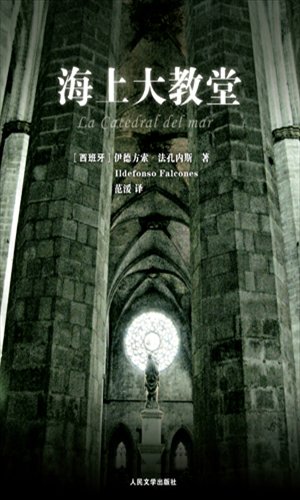
Personal appearances
Last year, Llosa read from his work Conversation in the Cathedral at a gathering at the Shanghai Theater Academy. This type of cultural exchange is becoming a popular activity among domestic publishing houses hoping to promote Spanish-language literature among Chinese readers.
Publishing houses are also cooperating with local reading clubs such as the Sunday Reading Club and the 2666 Library, as well as Spanish-learning clubs such as Red Chino-Español in an effort to encourage more reading of Spanish-language books in the city. "It's so good to see so many young literature lovers taking the time to read in this fast-paced society," Yao told the Global Times.
